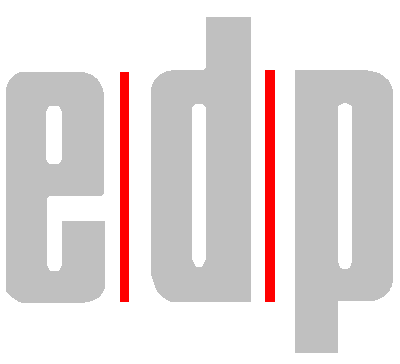SCO # 1
 |
FECO:
|
SCO #1 |
|
MODIFICATION NO:
|
N/A |
|
PRODUCT:
|
SCO WITH CHARISMA.&
UNIVISION |
|
SUB-ASSEMBLY:
|
MTS / JETSTREAM OR I/O8+
/ PARALLEL |
|
ESTIMATED MAN HOURS:
|
N/A |
|
CLASS OF CHANGE:
|
INFORMATIONAL |
|
REASON FOR CHANGE:
|
INTRODUCTION OF CONFIGURATION
FOR SCO PRINTING WITH CHARISMA & UNIVISION |
|
RELATED FECO/AB
|
AB 102, 133, 134 &
150 |
CONFIGURING NCR SYSTEMS TO SUPPORT SCO PRINTING WITH CHARISMA AND
UNIVISION for MTS/JETSTREAM and for DIRECT DEVICES
like I/O8+ & PARALLEL.
1. The
purpose of this release is to explain how to configure rcp whilst still using the same
print
commands in
both Charisma and UniVision.
Note: By using rcp it is no longer
necessary to configure mtsd processes.
Also Note:- Throughout this FECO a
SPACE in a string is shown by a Ñ .
All other spaces are purely cosmetic.
2.
Terminal Server Configuration (Para
2 applies only to
MTS/Jetstream)
Ports onto
which printers are to be attached should be set to "printer". This is configured
in
'lines,
virtual'.
The rest
of the setups remain as previously documented.
3.
Interface Scripts
A modified
interface script must be created for each printer to be connected to a
terminal server
port:-
#cd
Ñ /usr/spool/lp/model <CR>
For
UniVision systems
#cp
Ñ UVstandard Ñ UVstand.orig
<CR>
For
Charisma systems
#cp
Ñ crnlmap Ñ crnlmap.orig
<CR>
For each
printer a unique interface script must be created. These will be called:-
For
UniVision systems
UV
standard 1
UV
standard 2
For
Charisma systems
crnlmap1
crnmap2
Each
interface file has to have the following change made:
#vi
Ñ crnlmapx or vi Ñ
UVstandardx <CR>
where
x is the unique file number
Find the
line :-
echo
"\f\c"
and
insert a hash sign "#" at the front of the line. There will be two of these.
(For Direct Connection, i.e. I/O8+ and Parallel;
go straight to
para 5)
Find
the line which is approximately 10 lines from the bottom of the file and just above
the
last line you edited.
This
line contains the commands 0<$ {file} eval $FILTER 2> &1
And replace the line with:
rcp
Ñ ${file} Ñ [mts name]:mts_p[port]
Ñ 2>&1 Ñ 1>&3
Where
[mtsname] is the name of the mts in the /etc/hosts file and [port] is the physical port
number.
For
example Ptr LPO1 is connected onto a terminal server named as mts2 onto port 1
rcp
Ñ $ {file} Ñ mts2:mts _p1 Ñ 2>&1 Ñ 1>&3
4.
Device Files (Para
4 applies only to MTS/Jetstream)
Each
printer to be connected to a terminal server must have its own file in the /dev directory.
This
has to be /dev/nullx where x = a number.
As
a default there is only 1 /dev/null
To
create additional files :-
#cd
Ñ / dev <CR>
#ls
Ñ -l Ñ | Ñ
grep Ñ / dev / null <CR>
Make
a note of the major numbers
#mknod
Ñ /dev/nullx Ñ c Ñ [major number] Ñ [minor number]
<CR>
where
x is the unique file number
use
the same major/minor number you recorded above.
Repeat as required.
5. Final Configuration
Using sysadm
configure each printer in the usual way. Ensure that UniVision printers have a
name prefixed by UV and
the printer type is set to UVdumb. (HP laser printers do not work properly
with UVdumb).
Once all printers
have been set up, then to configure the correct interface script, issue the following
command for each
printer:
For Charisma
systems:
#lpadmin
Ñ -p[ptr name] Ñ -Tdumb Ñ -mcrnlmap* <CR>
where
[ptr name] is the printer label assigned via sysadm and standardx is the interface script
name.
For UniVision
systems:
As
above the interface script name will be UVstandardx and dumb will be UVdumb
6. Testing
Use
lp Ñ -d Ñ [ptr name] Ñ [file] <CR> to test each printer.
Return to Index
